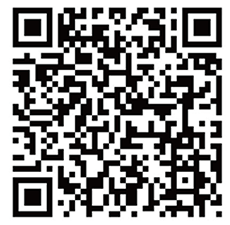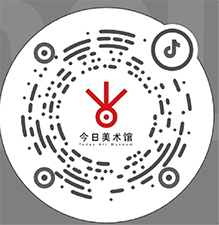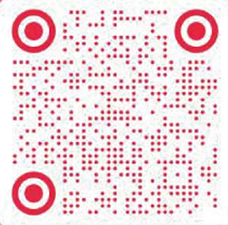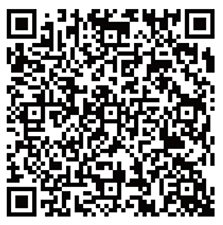Absence – An exhibition of Dieter Detzner is opened at the Exhibition Building 1 of Today Art Museum on 10th May 2015. The exhibition features 9 of Dieter Detzner's works, footnoting the artist's concern with the bondage between culture and nature, and an extension of his exploration of the space relationship. The exhibition creates a new extension of the works in their visual and philosophical dimensions.
Detzner's works are often hung between walls and the space. A surface protrudes out or forms an invisible geometric cube in the space. It reminds the viewer of the other universe parallel to the void. This is a discussion of the relationship between one space and another and a free shifting between concepts and visual illusions. Dieter Detzner is concerned with the way the world is delicately formulated, and how its instability and physicality are being expanded in a poetic sentiment. Dieter's works are full of design elements. The materials he applies are futuristic and minimalistic. Viewers associate his works to architecture, design and everyday objects. Yet they are so abstract.
In this exhibition, he tries for the first time to combine space dimensions, shadows formed with light into the overall environment of the work and part of the recognition experience. The Series is composed of five works, Yves, Otto, Heinz, Guenther and Lucio. They are tetrahedral, hexahedral, octahedral, dodecahedral and icosahedral. Dieter was inspired by the polyhedral fascination of Plato. The artist tries to present a metaphor of certain truth or true knowledge through these polyhedrons. Light shoots on the works and forms shadows to remind us of the issue of truthfulness behind the facts. It is also implying the inquiries of Plato in his Allegory of the Cave: is the truth we see truth itself? The five works form an integrity of works to prophesize the interrelations between elements in the world. Elements and their shadows on the works formulate a comparison between existence and images. It provokes the thinking on the relationship between what we see and the truth.
Dieter is enthusiastic and very good at simulating the mind activities of a thinker, he contemplates the very profound connotations of forms and status of works which is apparently stable and tranquil.
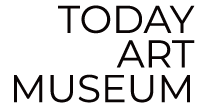
 CHINA THE ART OF CRAFT & DESIGN EXHIBITION 2025
CHINA THE ART OF CRAFT & DESIGN EXHIBITION 2025 Bologna Illustrators Exhibition 58th
Bologna Illustrators Exhibition 58th Zhiguan: Wang Zimu Art Exhibition
Zhiguan: Wang Zimu Art Exhibition Seasons of Cezanne The Immersive Experience
Seasons of Cezanne The Immersive Experience Marie de Villein: Behind the Sun
Marie de Villein: Behind the Sun “一粒一世界——北京大学颗粒艺术展”
“一粒一世界——北京大学颗粒艺术展”
 Florentijn Hofman :Celebrate!
Florentijn Hofman :Celebrate! Li Nu: As if Sand Were Stone
Li Nu: As if Sand Were Stone Exhibition customization course | TIM YIP MIRROR children's art class
Exhibition customization course | TIM YIP MIRROR children's art class
 TAM Open Studio / Hello, New Friends
TAM Open Studio / Hello, New Friends WANG SHIKUO/TODAY ART MUSEUM YOUNG ARTIST RESIDENCY IN NEW YORK CITY
WANG SHIKUO/TODAY ART MUSEUM YOUNG ARTIST RESIDENCY IN NEW YORK CITY 2018 third wang shikuo award -- nomination exhibition of contemporary young artists
2018 third wang shikuo award -- nomination exhibition of contemporary young artists


